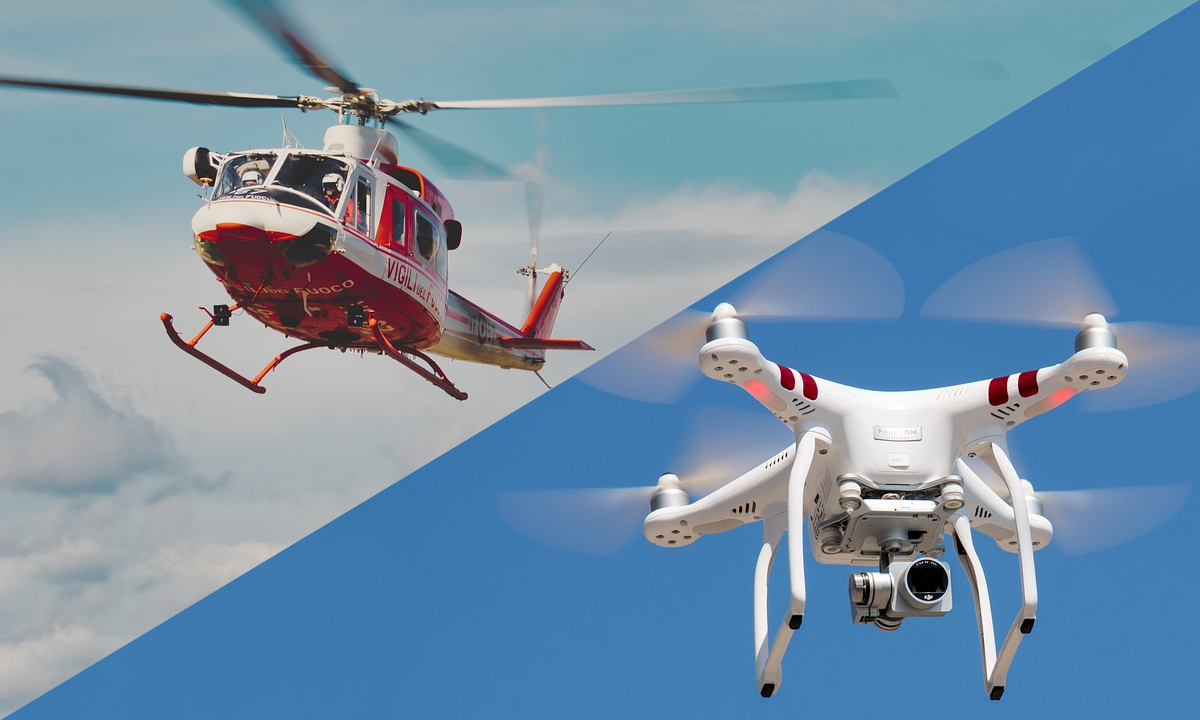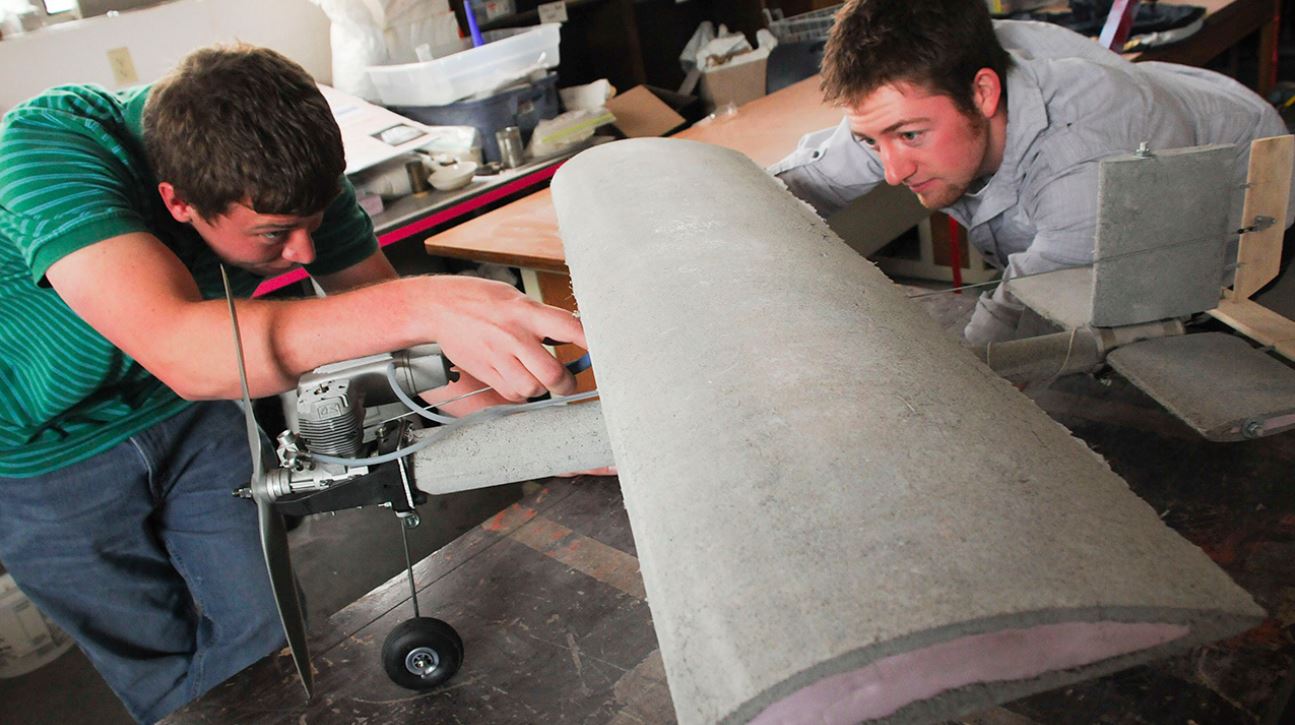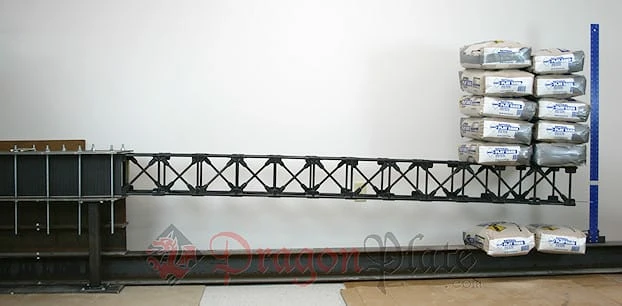Friday, 16:41, 30/12/2022
Tuesday, 18:01, 10/02/2023
Look, my apologies, but I didn't do anything.
I just feel like this project log has become just a lump of frustration and uselessness.
It is just... I keep looking at the fricking wall of tutorials, and I keep looking at the clock, and the hours simply pass.
For some reason I just feel frozen, and the fact that I took 20 days to do absolutely nothing just fills me with anxiety.
When this "mind block" goes alway I will make a new project log.
I just want to forget this thing for now, I just feel frustrated with all my failed attempts by now.

So, I just found out that I could simulate this kind of stuff on a program called "FreeCad", which, if I figure out how to use, can help me a lot.
Also, New Year y'all, I hope I finish this DIY Mech project this year instead of coursing 5 years of engineering.

Also, sorry in advance, because my brain is not working and I don't feel like working on this migrane of a project right now.
Off-topic:
You know what time is this bois?! It is time to write 30 pages of useless knowledge that nobody cares.

Remember when I was talking about Ionocrafts on Project Log 17? So... I was wondering something.
(content warning, if you have arachnophobia)
I wonder if it would also happen to an aircraft using more or less the same principle...?
Also: the video I showed saying that ionocrafts are aboslutely not viable is kinda misleading, the own wikipedia page the guy shows tells that the low "1 watt per gram" ratio of ionoctafts were only found on early 60's prototypes.
I asked around and it seems that this method of flight is also a no-go. It is definitely not scaleable since the cratures that use this type of flight have less than 10 miligrams of weight.
Well, there it goes my dream of a creepy flying object full of electrically charged spikes and strings... 🥹

(yes, this is from Matrix)
Also, I totally forgot about a subject about ion propelled aircrafts: they are similar to the speed-size "ratio" that the conventional aircraft have.
Dunno if it is a real ratio, but... basically, the bigger the propeller blades of a turbine, rotor or other type of propulsion, the bigger the lifting generated, but its speed is severely affected.
That is why aircrafts with smaller propellers waste so much energy trying to fly vertically compared to convetional big rotor craft.

Well, the thing is: it is not so different about ion propelled aircraft, they need those big wings because the wings are the propellers.
So, you either make them ginormours, or make them smaller, but with greater speed.
In either way, just like in the conventional aircraft, you will have advantages and disadvantages for each type of propulsion system that you need to verify if these align with your required parameters.


Source of video here: "Designing A Next-Gen Ionic Thruster! (For Flight)".
And, of course, the same applies for wings, aircraft size and so on.

Oh yeah, I also remembered something:
Basically, you can kinda "cheat" the size of your wing span if you increase the number of wings.
Of course, this comes at the cost of increased drag/friction on air.
That's why some old aircraft used double wings, and why some modern aircraft have some complicated wing dividing mechanism when it comes to landing and taking off:
I wonder if one would be able to make a flying ship with enough small wings... 🤔
Also, I just found out about Kite-surf and Paragliders.
Isn't it crazy that one could simply fly (with enough paragliders/kites) using these methods hundreds of years ago?
We could have flying sail ships, but real life is just too boring, ain't it?

(wallpaper from Treasure World)
Paragliders normally are meant for two people (because they are too risk to be used by an untrained/unlicensed person), so, assuming both people weights 200 kg (440 pounds), you would need more or less 5 kites for each 1ton.
Wooden ships from the Age of Sail weighted between 250 to 1000 tons.
You would need 5000 thousand paragliders/kites to lift the 1000 ton warship.

(Source: "Shen Comics").
Literally impractical... It would be an worse case than UP's house:
But hey, that is just a theory. A MOVIE THEORY!!
Also, I just now remembered that actually I was completely wrong about the paraglider:
The paraglider only works with the speed of the wind, you can't goo faster than the speed of the wind when what its moving you is the wind itself.
And you also can't make use of wings, because you are moving with the wind, not against it.
You would need something like the video bellow, where the rotating blades are actually providing more speed than the wind.
But if you were to make it move a rotor in an aircraft flying ship, your rotation output would be as fast as the wind makes you go (I think). Even if you used gearboxes, I don't know if you would be able to make it work...
And no, it wouldn't be a perpetual motion machine, because the energy is coming from the wind itself, just like a wind turbine powering an electric engine.
Anyway, back to the real topic:
FreeCAD design:
Well, I received suggestions to, instead of using a solid rod or a tube, to use various smaller tubes, like a honeycomb.
We are back to step 1, where I suggested exactly the same thing on Project Log 18 with the semi-monocoque design.
😗
Well, well, well.
I did have a person on quora saying that maybe next week they will try to calculate a better semi-monocoque design for me.
If they will or not, I do not know, but I do know that I won't just wait for an answer falling from the heavens.
I didn't test anything on FreeCad yet, by the way, I'm still watching the fricking tutorials.
Not exatcly just the bones, but the shoulders.
I now noticed that, even though I have Stewart Platforms as the shoulders, it may be not enough for the full range of motion.
Remember: the McKibben Hydraulic muscle shorten in just 6cm, 20% of a 30cm long muscle.
This means that, even though the shoulder has a Stewart platform, it is still has not enough movement.
Again, maybe.
I didn't built the thing yet and I still need to test it out on FreeCAD or Blender.
However, if this in fact doesn't give enough freedom of movement to the shoulders (and other limbs), I will be forced to come with a more unothordox approach. Or even a more biomimetic apporach.

From article: "Shoulder complex linkage mechanism for humanlike musculoskeletal robot arms".
With the later not being that nice, since biomimetic = more actuators. More actuators = more energy consumption. More energy consumption = less autonomy.
And that not even entering the subject of complexity of control, an onboard computer still needs to translate all your motion capture to movement.
The video above shows cells being grown into flexible vitros, so the robot movements helps these grow into real muscles.
All this project would be so much simpler if I could simply put my blood (or from an animal) on a vitro and simply grow them.
I also wouldn't need expensive batteries or electric generators, just injecting food down the robot's throat, lol.
I think I will try to make a rope/line to represent the McKibben Artificial Muscles on FreeCad and then test the body movements. *If* the FreeCad allows for such programming.
It will be a little off-topic at the beginning, but please, just let me elaborate, lol.
Just now I found out that there were (and there are) ships/boats made out of concrete.
It may not be a great deal for you, but it certainly was for me.
My mind was just blown alway, because I always thought concrete was way way denser than steel (7.85 g/cm³), but it is actually almost 1/4 of its density (2,4 g/cm³). Aluminium is 2,7 g/cm³, by the way).
In fact, it is so light, and so resistant, that people are actually thinking of making air planes out of it.

Source is: "Concrete: construction material of the future?".
And a nice thing is that you could use the same techniques applied to Ultra-high-perfomance concrete to make a cheap endoskeleton out of concrete.
The video below may be really useful, although it is talking about bunkers, it could be used for building the endoskeleton.
I would have never thought that I would say such things as boats, air planes and robots made out of concrete... O.o
Well, as you can see, you can add steel fibers, carbon fibers, glass fibers and a lot of other types of fibers, not to mention that you can even use actual textiles/meshes into the concrete in order to make it stronger.
You could also add other kinds of things, like Sodium Silicate (water glass), plastics, and even bacteria to make self-healing concrete.

But of course, I still need to check out other alternatives, simply because I still didn't made any progress or test on the fricking FreeCad yet.
After all, if I made this thing like this, using the basis of 30cm of length and 9cm of diameter, all the bones would still weight around 600 kg (1320 pounds), since it has moe or less the same density of aluminium.
I was messing with a program called "Interactive Physics" just to see what I could do with mechanical advantage in simple terms.
I forgor something:
The mechanical advantage necessary to lift 1 ton with a 10 cm long effort arm and a 30 cm long load arm isn't 5 tons, but (around) 3 tons.
I completly forgot that I don't need 5 tons, and that I just added the value for redundancy.
Which reshapes my perspective about the other issues that I talked about, such as the distance of contraction at the shoulders. After all, one of the downsides of McKibben muscle is its low contraction under certain loads.
Which means that it is probably good enough the way I've already planned it.

I totally forgot about this, but the geared hydraulic pumps can either be used as a pump or as a rotary hydraulic actuator.
But I don't know what is the maximum load/torque these can withstand, and are kinda expensive, so I don't know if these are worth the trouble.
(not to mention that the current McKibben muscles only need 0.05-0.07 liters at 4 bar, while these may need more fluid and more pressure)
But these are cool nevertheless.
I too totally forgot to think about motive flow.
Also known as vacuum pump/aspirators, basically, when you pass a high pressure fluid (gas or liquid) through a convergent nozzle, it creates a vacuum pressure, moving more liquid at a more or less medium pressure.

This could be used on the high pressure fluid that is released when the McKibben muscles are uncontracted, so you can lessen the effort of the hydraulic pump, since some part of the flow is being recycled.
Or even on the hydraulic accumulators in order to make even more fluid to flow.
Unfortunately, I think I will just post the final result when I'm done, the document is already lagging and I didn't even start doing anything.
I feel disappointed with myself now...

Guys! Someone actually answered me, and it is an engineer (student)! :DDDD

3 to 6 stainless steel tubes?!
Just that?!
Thank god!

... Too soon, I guess.
7 feet thick?! That's like, 2 meters!!!
Maybe I could fill the tubes with concrete or something... Or more smaller tubes...
I still didn't do anything yet on FreeCAD.
I feel so dumb right now...
Well, taking into consideration all these times somone just said it isn't feasible (goddamn is about time!), I believe I will have to try the truss design:

Not necessarily making it out of carbon fibers, as shown in the picture above, but making it out of trusses.
Discussions
Become a Hackaday.io Member
Create an account to leave a comment. Already have an account? Log In.
Read up on aircrete (aerated concrete) too. I've heard about it as a home construction material, but never considered it for use in robotics. It's hard to find specific density numbers, but it sounds like it can be significantly below the density of water. Though naturally the strength decreases along with density.
I do find ion propulsion quite interesting as well. Years ago I built a Bonetti electrostatic machine as a safe way to experiment with it. Never did get anything to fly, but made a nice breeze, and it looks amazing in the dark :) I had a design for a better electrostatic machine, but before building it I realized that bird wings were more the kind of flight performance I wanted anyway and have been working on that ever since.
And anyway I think the real trick to ion propulsion will be to power it directly from high voltage batteries, eliminating the need for heavy voltage step-up equipment entirely. For example stack hundreds of thin discs of battery material to make a 1kV AAA cell, and then put 50 of those in series. But then the challenge is how to turn it off :) And how to handle the batteries without getting electrocuted. It will probably need a mechanical switch that separates all the cells simultaneously, but even then it will probably spark a lot and erode itself over time. You won't be able to throttle it precisely for stable VTOL control, but you could use it for the majority of the lift and some small propellers for control. And airplanes should be fine just having two or three power levels to choose from.
Are you sure? yes | no
Thanks for the suggestion, and dang, you're been doing some cool projects, it seems :o
Are you sure? yes | no